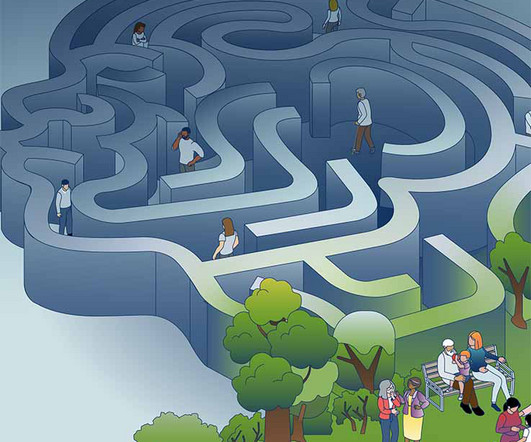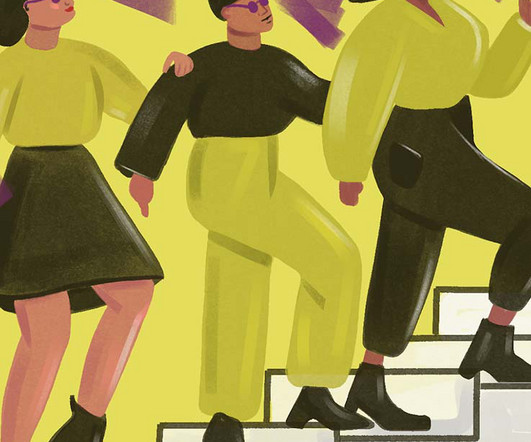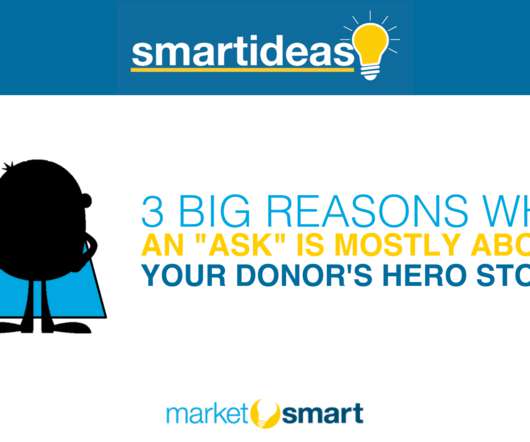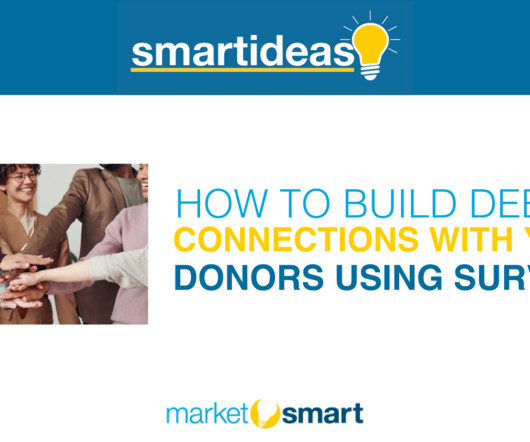How Communities Around the World Are Connecting Social Isolation and Health
Stanford Social Innovation Review
DECEMBER 6, 2023
By Paul Cann Current global estimates suggest that 1 in 4 older adults experience social isolation, and 5 to 15 percent of adolescents experience loneliness. Weak social connections cause a higher risk of early death; these are also linked to anxiety, depression, suicide, dementia, and the increased risk of cardiovascular disease and stroke.

















Let's personalize your content